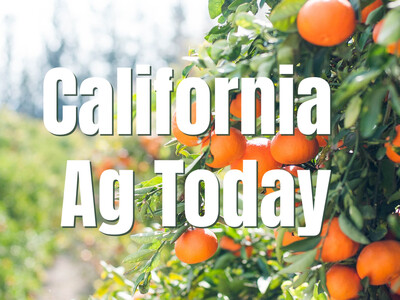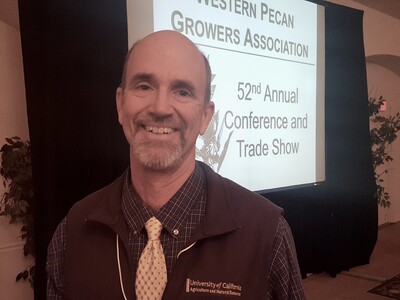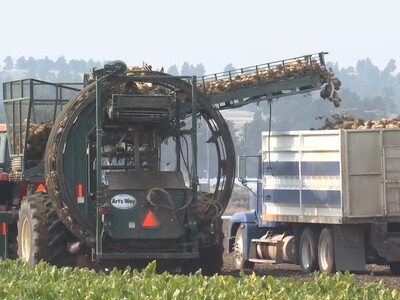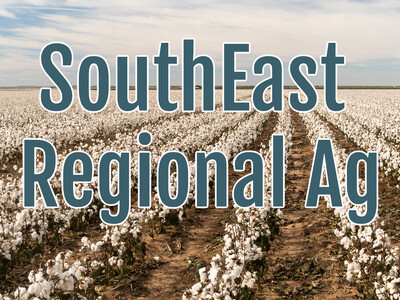Reintroducing Grizzlies & More On Avian Influenza
Reintroducing Grizzlies & More On Avian Influenza plus Food Forethought. I’m Greg Martin with today’s Northwest Report.Cougars and wolves and grizzlies, oh, my! If an advocacy group gets their way people in the Selway-Bitterroot area of Idaho and Montana would see the reintroduction of grizzly bears. The Center for Biological Diversity hopes to restart a proposal that was finalized in 2000 but stalled. The group says that the 16-million-acre area could support 300 to 600 bears and would help connect grizzlies in Yellowstone National Park with other populations of the animals.
Officials are stressing that there is no danger to the public with the announcement of the discovery of avian influenza in Washington State. Kent Catlin is the Deputy Director of the Whatcom County Sheriffs Office Division of Emergency Management and he says that so far only wild birds are showing symptoms of the influenza.
CATLIN: There’s no reports of avian influenza in domestic poultry population in Washington State. I think for most folks it’s a little bit confusing based on what’s happening up in Canada where it’s the reverse situation where they have a different strain of the virus that is impacting their poultry production
Now with today’s Food Forethought, here’s Lacy Gray.
The Christmas tree as we know it has only been around for a few centuries, but the use of evergreens for celebrating the winter solstice has ancient origins. From the Romans to the druids to the Egyptians evergreen boughs have been used to symbolize life during these celebrations. The actual origins of the lighted Christmas tree are unknown, but most historians say it developed in Germany when Martin Luther attached small candles to an evergreen tree to symbolize the heavenly stars that lighted the way for the Magi that first Christmas. As the Christmas tree’s popularity grew ornaments were displayed but usually reflected an agricultural theme consisting of painted pinecones, nuts and clove studded fruit. In early America Christmas or Yule trees were often small tabletop size with strands of cranberries and dried apples. Whatever its origins the Christmas tree has become a symbol of life, promise, and strength.
Merry Christmas to you and your family from all of us here at the Ag Information Network.
Thanks Lacy. That’s today’s Northwest Report. I’m Greg Martin on the Ag Information Network of the West.















